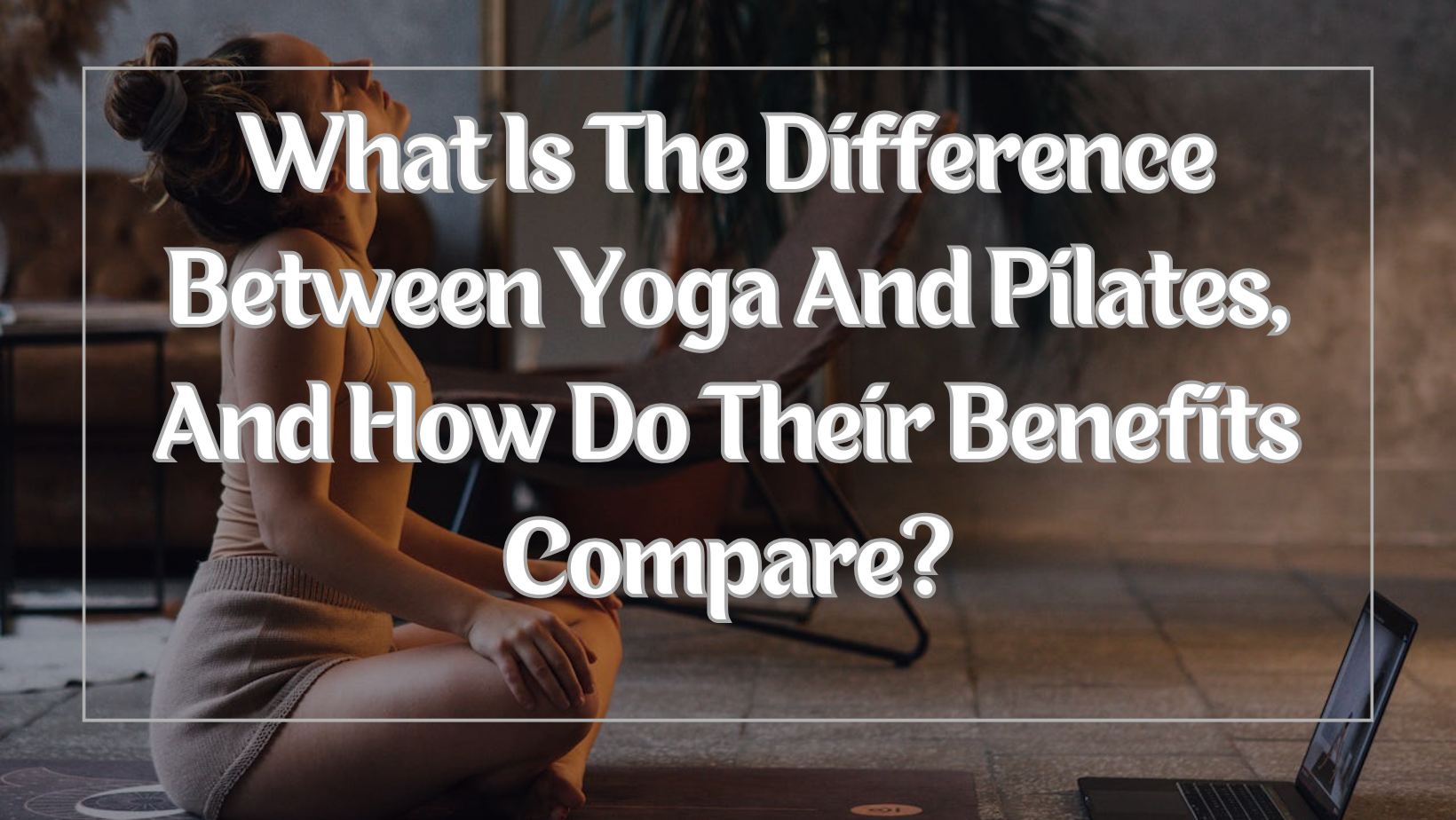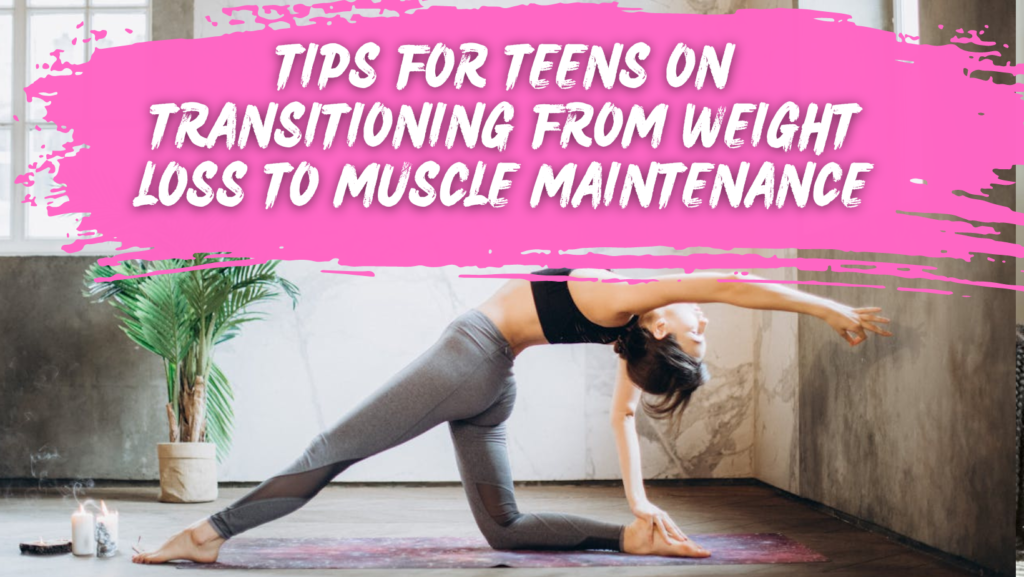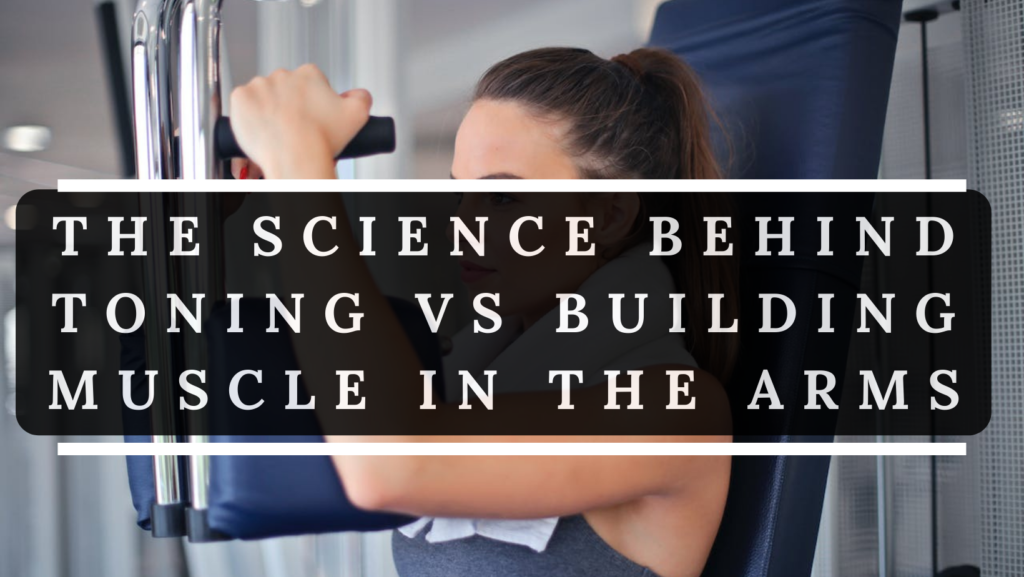Are you curious about the differences between yoga and Pilates, and how their benefits stack up? If so, you’ve come to the right place. In this article, we will explore the unique characteristics of these two popular practices and delve into the various advantages they offer. Whether you’re looking to enhance your flexibility, strengthen your core, or cultivate inner peace, understanding the contrasting features of yoga and Pilates will help you make an informed decision on which practice is best suited for you.
Physical Benefits
Improved flexibility
Both yoga and Pilates can help improve your flexibility. Yoga is well-known for its emphasis on stretching and lengthening the muscles. Through various poses and movements, you can increase your range of motion and overall flexibility. On the other hand, Pilates also promotes flexibility, but it focuses more on building strength and stability while maintaining flexibility.
Increased strength
Both yoga and Pilates can help increase your strength. Yoga utilizes bodyweight exercises and dynamic movements that engage multiple muscle groups. As you hold poses and flow through sequences, you’ll develop strength in your arms, legs, and core. Similarly, Pilates involves controlled, low-impact movements that work your entire body. By targeting specific muscles, it helps build strength and improve overall muscle tone.
Better posture
Practicing yoga and Pilates can contribute to better posture. In yoga, many poses focus on proper spinal alignment, which helps improve posture. By strengthening the muscles that support the spine, such as the core and back muscles, you can develop better posture over time. Similarly, Pilates emphasizes correct alignment and engages the core muscles, which are essential for maintaining good posture.
Enhanced balance and coordination
Both yoga and Pilates can help enhance your balance and coordination. In yoga, the various poses require you to find stability and balance by engaging different muscle groups. Through consistent practice, you’ll improve your overall balance and coordination. Pilates also emphasizes control and precision in movements, which can enhance your body awareness and coordination.
Mental Benefits
Reduced stress
Both yoga and Pilates offer mental benefits, including stress reduction. The mindful nature of yoga and Pilates encourages you to focus on the present moment, promoting relaxation and reducing stress. The combination of physical movement, breath control, and mind-body connection helps calm the mind and alleviate stress.
Improved focus and concentration
Yoga and Pilates can help improve your focus and concentration. The deliberate and controlled movements in both practices require you to be present and mindful. By focusing on breath control, proper alignment, and flowing through sequences, you can sharpen your mind and enhance your ability to concentrate.
Increased mindfulness
Both yoga and Pilates promote mindfulness, which involves being fully present in the moment. Through deliberate movements, breath awareness, and mind-body connection, you can cultivate a greater sense of mindfulness. This heightened awareness can translate to other areas of your life, helping you maintain focus and be more present.
Boosted mood
Engaging in either yoga or Pilates can boost your mood. Physical exercise, combined with the relaxation and mindfulness aspects of these practices, releases endorphins – the feel-good hormones. These endorphins can improve your mood, increase your overall sense of well-being, and even alleviate symptoms of depression and anxiety.

Breathing Techniques
Yoga’s emphasis on breath control
One of the fundamental aspects of yoga is breath control. Throughout yoga practice, you’ll be instructed to focus on deep, controlled breathing. These breathing techniques, such as Ujjayi breath or alternate nostril breathing, can help calm the mind, reduce stress, and enhance the mind-body connection.
Pilates’ focus on lateral breathing
While Pilates also incorporates breath control, it places particular emphasis on lateral breathing. Lateral breathing involves expanding the rib cage to the sides as you inhale, rather than allowing the chest to rise. This type of breathing helps engage the deep core muscles and promotes better alignment and stability during Pilates exercises.
Types of Movements
Bodyweight exercises and dynamic movements in yoga
Yoga involves a wide range of movements, including bodyweight exercises and dynamic sequences. These movements can be flowing and fluid, such as in Vinyasa or Ashtanga yoga, or they can be static holds, like in Hatha or Yin yoga. The combination of these movements and poses helps improve strength, flexibility, and overall body awareness.
Controlled, low-impact movements in Pilates
Pilates is known for its controlled and precise movements. Many Pilates exercises are performed on the mat, using your own bodyweight as resistance. The movements are typically low-impact and focus on engaging the core muscles while targeting specific muscle groups. These controlled movements help improve strength, stability, and body alignment.
Equipment
Yoga typically requires minimal equipment
Yoga generally requires minimal equipment. A yoga mat is essential for comfort and stability during poses. Additional props, such as blocks, straps, or bolsters, may be used to modify poses or provide support. However, these props are not necessary for a basic yoga practice. Yoga can be done in the comfort of your own home or in a studio with minimal equipment.
Pilates may involve the use of props and specialized machines
Pilates may involve the use of various props and specialized machines, such as the reformer or Cadillac. These machines provide additional resistance and support for specific Pilates exercises. While they can enhance your Pilates practice, they are not essential. Pilates can also be practiced using only a mat and minimal props, making it accessible to a wider range of individuals.
Flexibility Focus
Yoga’s emphasis on stretching and lengthening muscles
Yoga places a significant emphasis on stretching and lengthening the muscles. Through various poses, such as forward bends, backbends, and twists, you’ll target different muscle groups and work on increasing your flexibility. Regular yoga practice can help improve your flexibility and range of motion, making everyday movements more comfortable and effortless.
Pilates’ emphasis on strength and stability while maintaining flexibility
While Pilates also promotes flexibility, it focuses more on building strength and stability while maintaining flexibility. Pilates exercises aim to create long, lean muscles by combining strength training with stretching. By engaging the core muscles and focusing on proper alignment, you can develop a balanced level of flexibility while building overall body strength.
Core Strengthening
Both yoga and Pilates engage the core muscles
Both yoga and Pilates engage the core muscles, but they approach core strengthening in slightly different ways. In yoga, many poses require core engagement to maintain stability and alignment. By flowing through sequences and holding poses, you’ll strengthen your core muscles, including the deep abdominal and back muscles.
Pilates specifically targets the deep core muscles
In Pilates, core strengthening is a primary focus. Many Pilates exercises target the deep core muscles, including the transverse abdominis and pelvic floor muscles. By incorporating controlled and precise movements, Pilates challenges these deep core muscles, improving strength, stability, and overall posture.
Cardiovascular Benefits
Dynamic and vigorous forms of yoga can provide cardiovascular benefits
Certain forms of yoga, such as Vinyasa or Power Yoga, incorporate dynamic and vigorous movements that can provide cardiovascular benefits. By combining flowing sequences with conscious breath control, you can elevate your heart rate, improve circulation, and enhance cardiovascular endurance. However, it’s important to note that yoga’s cardiovascular benefits may not be as significant as those of traditional aerobic exercises.
Pilates primarily focuses on muscular endurance and toning
While Pilates is not considered a cardiovascular exercise, it primarily focuses on muscular endurance and toning. By performing multiple repetitions and engaging various muscle groups, Pilates helps improve overall muscle tone and can indirectly contribute to better cardiovascular health. Combining Pilates with aerobic exercise can provide a well-rounded fitness routine.
You May Also Like
Injury Prevention and Rehabilitation
Yoga’s gentle movements can aid in injury prevention and flexibility improvement
Yoga’s gentle movements and focus on proper alignment can aid in injury prevention and flexibility improvement. By gradually increasing your range of motion and strengthening the muscles that support your joints, you can reduce the risk of injuries. Yoga can also be used as part of a rehabilitation program to aid in the recovery process and improve flexibility after an injury.
Pilates’ controlled movements can help rehabilitate certain injuries
Similarly, Pilates’ controlled movements can help rehabilitate certain injuries. The low-impact nature of Pilates exercises makes it a suitable choice for individuals recovering from injuries or seeking to rehabilitate specific areas of the body. By engaging the core muscles and focusing on precise movements, Pilates can promote proper alignment and support the healing process.
Accessibility
Yoga offers various styles and levels to accommodate different individuals
Yoga offers a wide range of styles and levels, making it highly accessible to different individuals. Whether you’re a beginner or an experienced practitioner, there is a yoga style that suits your needs. From gentle, restorative yoga to more vigorous styles like Power Yoga, you can choose the intensity and pace that aligns with your fitness level and preferences.
Pilates might be more structured and suitable for those seeking an organized workout
Pilates is known for its structured approach, which can be appealing to individuals seeking an organized and systematic workout. The specific sequencing of exercises and the focus on precise movements create a sense of structure and discipline. If you prefer a clear framework for your fitness routine, Pilates might be a great choice for you.
In conclusion, both yoga and Pilates offer numerous physical and mental benefits. While yoga focuses on flexibility, strength, posture, balance, and coordination, Pilates emphasizes strength, stability, flexibility, and core engagement. Both practices offer stress reduction, improved focus and concentration, increased mindfulness, and a boosted mood. The breathing techniques differ slightly, with yoga emphasizing breath control and Pilates focusing on lateral breathing. Yoga often requires minimal equipment, while Pilates may involve the use of props and specialized machines. Both practices can contribute to injury prevention and rehabilitation, but yoga’s gentle movements aid in flexibility improvement, while Pilates’ controlled movements support targeted rehabilitation. Accessibility-wise, yoga offers various styles and levels, accommodating different individuals, while Pilates offers a structured and organized workout for those seeking a specific framework. Ultimately, both yoga and Pilates provide a holistic approach to physical and mental well-being, allowing you to find a practice that best suits your needs and preferences.




